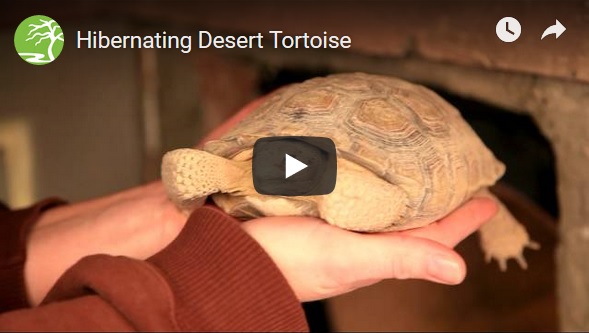

Sept. 23, 2020
(Updated: Jan. 10, 2021)
I created this resource page so as to gather in one place the links to all the best on-line articles I'm aware of on hibernating one's tortoise at home.
In the wild, hibernation (more correctly called "brumation" in reptiles) can begin and end at different times each year depending on the weather. As an example here's a report by the Fire Effects Information System that shows just how variable hibernation start and end times can be in the wild. In captivity, on the other hand, hibernation in the Northern hemisphere pretty consistently begins in late October/early November with a noticeable wind-down period beginning in September or sometimes even the end of August. Again in captivity, hibernation usually ends mid-March or early April. A good rule of thumb is "Halloween to St. Patrick's Day." Here are some important things to consider — like safe hibernation weight and the obligatory fasting period — prior to bedding down for that long winter's nap.
Again, make sure that your species of tortoise does, in fact, hibernate in nature. If it does not, please check a Care Sheet for your species to learn the best techniques for overwintering it. For those tortoises that do hibernate, the Tortoise Trust considers 37.4° F to 41 ° F (3° C to 5° C) to be the optimal hibernation temperature range for most (though not all!) species. In red, they warn that For practical purposes, we recommend taking action without delay if temperatures approach 36.5° F (2.5° C) or if temperatures rise above 50° F (10° C) for extended periods. Please see Dr. Connor's article on Different Hibernation Strategies for Different Species. Additionally, Desert Tortoises tend to hibernate in nature at slightly higher temperatures than most other species so I'm listing desert tortoise hibernation articles by themselves in the next section.
According to the FAQ on the Desert Tortoise Preserve Committee website, desert tortoises in the wild tend to hibernate at temperatures that would — at their upper end — be considered dangerously high for most other hibernating tortoise species: 40° F to 60° F (4.44° C to 15.55° C). As a result, there is some difference of opinion amongst experts regarding the best temperatures to hibernate a captive desert tortoise. For example, the Arizona Game & Fish Dept. (AzGFD) recommends that desert tortoise hibernation temperatures never drop below 50° F (10° C). Others, as you'll see in the links below, still opt for lower temperatures. Bottom line, where other hibernating tortoise species begin to awaken at 55° F (12.77° C), the desert tortoise often sleeps on even if daytime highs occassionally reach 68° F (20° C) provided they drop down again to the low 50s at night. Be warned, though, that too much time at higher temperatures can cause even a desert tortoise's metabolism to run high and to deplete precious calories needed to survive the rest of the winter. With plenty of exceptions, 48° F to 55° F (8.88° C to 12.77° C) is one possible temperature range that many DT keepers seem to shoot for. Note: Weak, ill or underweight desert tortoises should be overwintered (kept awake) rather than hibernated. Some of the links below also discuss overwintering.
Probably the most delicate time for a tortoise is just after waking from hibernation. Below are some recommendations for making that transition as easy as possible and to get your tortoise drinking, eating and walking around again as soon as possible.
Overwintering may be necessary for tortoises from hibernating species who are too weak, ill or malnourished to survive hibernation. For example, one or even two years of overwintering is standard procedure for tortoises recovering from bladder stone surgery. See the Tortoise Trust article on Overwintering Tortoises for specifics.
For non-hibernating species, Chris Leone of Garden State Tortoise has a video in which he shows the Indoor Overwintering Setups at this South New Jersey sanctuary for those species that do not hibernate. Also, please see a Care Sheet for specific non-hibernating species for recommendations on how best to handle winter care. Alternately, you can Ask an Expert.